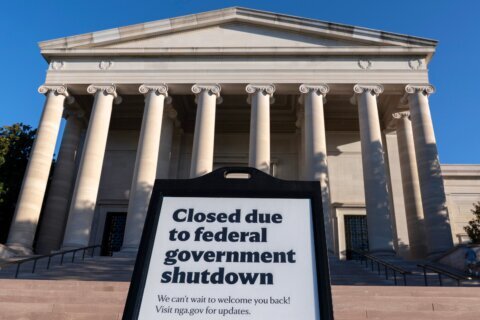WASHINGTON — While searching for the man believed to be linked to the weekend bombings in New York and New Jersey, authorities sent emergency alerts to cellphones in that area. Emergency managers in the D.C. area also have that ability.
“The jurisdictions in our region have the same technical capability,” said David Snyder, chair of the National Capital Region Emergency Preparedness Council. “With an active and engaged citizenry, we have our best chance of responding effectively, whatever the threat.”
The Wireless Emergency Alert (WEA) system is typically activated for severe weather events such as flash floods or Amber Alerts for abducted children. During the alert, a cellphone vibrates, blasts a screeching tone and displays a message.
“Most recent cellphones have that capability and it is automatic,” Snyder said.
D.C.-area jurisdictions also allow people to sign up to receive emergency alerts for everything from traffic tie-ups to severe weather. Residents can also find their locality’s notification system online.
“There’s a national presidential level and then there are local level alerts. And the [local] emergency managers set the standard for exactly when the alert will be used,” Snyder said.
The Federal Communications Commission, the Federal Emergency Management Agency and the wireless industry officially rolled out the WEA system in 2012, The Associated Press reported. The alerts are sent using a process different to voice calls and SMS text messages so that they don’t get caught in “highly congested areas,” the FCC explained.
“Government can’t do it alone,” Snyder added. “We have lots of systems in place and we coordinate much better than we once did. But our citizens need to be active players.”

The Associated Press contributed to this report.







